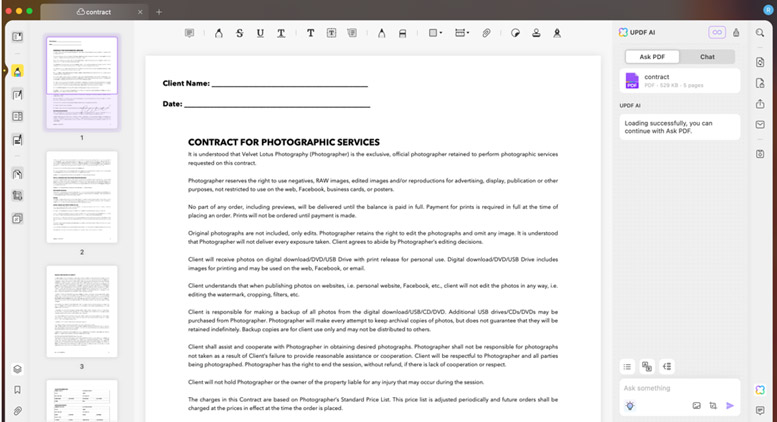BI titans work to make data sources get along
Companies continue to aggregate data sources
BI (business intelligence) vendors this week will unleash a raft of new and upgraded products with a focus on aggregating multiple data sources to enhance insight into corporate information.
Although all of the companies are pursuing integration, their reasons for doing so — for example, to provide better reporting and querying, to accelerate the pace of information delivery, or to improve performance metrics — differ.
“One of the big BI challenges is pulling data together because it is coming from a variety of sources,” said Philip Russom, research director at Giga in Cambridge, Mass. “The advantage is the ability to make it appear as if the data is coming from one source.”
To that end, Microstrategy this week will unveil a reporting engine, dubbed Project Gutenberg and ticketed for release in the second half of 2003. Gutenberg will drive BI integration on two levels: on the back end, by combining a variety of reports as the same meta data; and on the front end, as the user interface.
Meanwhile, Information Builders this week will take the wraps off WebFocus 5.0, an upgrade that features new graphical financial-reporting capabilities, new open information-delivery and -management components, and beefed-up query and analytical capabilities.
Trying to find its legs after a difficult 2002, Sagent will look for a jump start this week by introducing two new solutions. OpenLink will allow front-end BI, CRM, and SCM (supply-chain management) tools to calculate metrics and access application data from multiple sources. Sagent’s DirectLink module will collect and analyze data from disparate applications.
Last week, Business Objects introduced Dashboard Manager, a tool that provides management dashboards, scorecards, and alerting functions.
Customers, who increasingly want greater control over organization performance, require assistance to make BI technology “more digestible,” notes Howard Dresner, an analyst at Stamford, Conn.-based Gartner.
“The more applications you absorb, the harder it is to pull all this stuff together,” Dresner said. “Integration is absolutely critical.”
The push toward aggregating various data sources will continue.
Later this month, Cognos will unveil its Enterprise Analytics. The release is designed for use in manufacturing environments and offers prebuilt analysis and reporting solutions.
BI and analytics stalwart SAS will unveil SAS 9 next month. This latest incarnation of the company’s software will include enhanced extraction, a threading kernel under the core analytics engine, and an updated meta-data server.
“Integration is the key along the whole BI value chain,” said Don Hatcher, vice president of technology strategy at Cary, N.C.-based SAS. “The key to integration in the BI environment is not just having the pieces, it’s bringing them together in a synergistic fashion to provide true business insight.”
SAS also plans to release details next month about the forthcoming SAS 9.1, due this summer. The pending version will feature support for Web services standards SOAP, UDDI, and WSDL in addition to its existing XML capabilities. SAS 9.1 will also add an n-tier architecture, an improved BI portal, support for staged rollouts, and parallel access engines, Hatcher added.
Gartner’s Dresner said BI vendors must consider the pains of integrating multiple flavors of homegrown applications with core applications such as SAP, PeopleSoft, and Siebel to realize time and cost advantages of transforming data.
In addition, Dresner foresees vendor interest in advanced visualization for their tools strengthening and anticipates a heavier emphasis on packaged applications.




